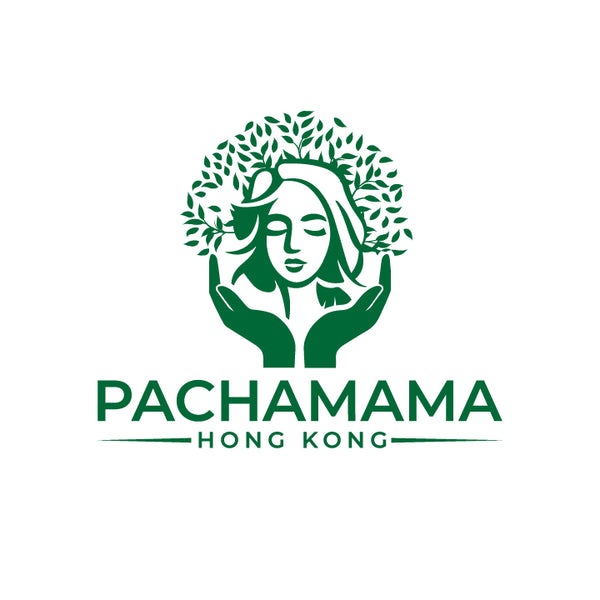However, the contemporary collaboration between China and Peru is rooted in a rich and complex shared history, one that traces back to the 19th century when Chinese immigrants first set foot on Peruvian soil. Despite the harsh challenges they faced, the Chinese community has become an integral part of Peru's cultural and economic tapestry.
The Arrival of the Chinese in Peru
Chinese migration to Peru began in earnest in the 1840s, spurred by the need for labor during the Guano Boom—a period when Peru exported vast quantities of guano, or bird droppings, used as fertilizer. At the time, Peru was desperate for workers to extract this lucrative resource, and Chinese laborers were seen as a solution. Known as "coolies," these workers were often recruited under deceptive contracts that promised good wages and fair treatment but delivered exploitation and misery instead.
By 1874, an estimated 100,000 Chinese laborers had arrived in Peru. They primarily worked on guano fields, sugar plantations, and railways. The conditions were grueling: long hours, minimal pay, and inhumane treatment. Many coolies faced violence and were subjected to punishments reminiscent of slavery. Their plight was further exacerbated by cultural and linguistic barriers, which made it difficult for them to advocate for their rights or integrate into Peruvian society.
Overcoming Hardships and Building a Legacy
Despite these immense challenges, the Chinese community demonstrated remarkable resilience. Over time, they began to leave the oppressive confines of plantation labor, seeking opportunities in urban centers like Lima. Many started small businesses, particularly in the food and retail sectors. The Chinese brought their culinary traditions to Peru, which evolved into a unique fusion of flavors now known as "chifa" cuisine, a hallmark of Peruvian gastronomy today.
Their integration into society was not without obstacles. The Chinese in Peru faced racism and discrimination well into the 20th century. However, their contributions to the economy and culture gradually earned them respect and acceptance.
By the mid-20th century, Chinese-Peruvians were making significant strides in various fields, including politics, business, and the arts. Today, they are an essential part of Peru's multicultural identity, with their influence visible in everything from cuisine to architecture.
Modern Chinese-Peruvian Relations: A New Chapter
The contemporary relationship between China and Peru builds on this historical foundation, shifting from immigration to economic and political collaboration. China's interest in Peru is driven by the latter's wealth of natural resources, including copper, gold, and other minerals vital to China's industrial growth. In turn, Peru benefits from China's robust investment and trade networks.
Beyond economics, these projects have cultural implications, as they represent the deepening of ties between two nations with shared histories and evolving futures. This partnership highlights the potential for global cooperation grounded in mutual benefit and respect.
The Chinese Legacy in Peru: A Symbol of Resilience and Integration
The history of the Chinese in Peru is a testament to the power of resilience and adaptability. From the grim conditions of the 19th-century guano fields to their prominent role in modern Peruvian society, the Chinese community has overcome extraordinary challenges to leave an indelible mark on the nation's history.
Today, the descendants of those early immigrants form an integral part of Peru's vibrant multicultural landscape. Their story reminds us of the enduring human spirit and the possibilities of integration, even in the face of adversity.
This convergence of past and present highlights the importance of honoring history while looking forward to a future of shared growth and prosperity. Through their resilience and contributions, the Chinese community in Peru has not only shaped the nation's identity but also laid the groundwork for an enduring partnership between two distant yet closely connected nations.

